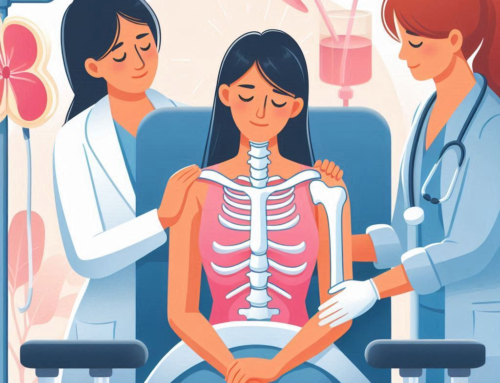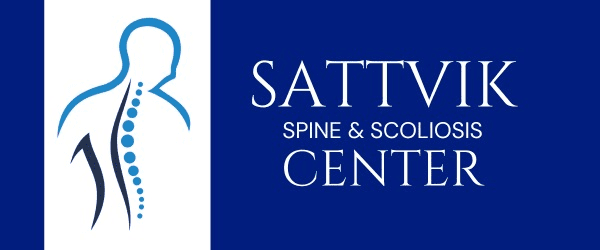Introduction:
Spinal tuberculosis, also known as Pott’s disease, is a serious infectious disease that affects the spine. It is caused by the bacterium Mycobacterium tuberculosis and can lead to severe complications if left untreated. In this article, we will explore the symptoms of spinal tuberculosis and shed light on this debilitating condition.
What is Spinal Tuberculosis?
The Basics of Spinal Tuberculosis
Spinal tuberculosis is a form of tuberculosis that specifically affects the spine. It occurs when the tuberculosis bacteria spread to the vertebrae through the bloodstream or lymphatic system. The infection primarily targets the intervertebral discs, leading to the destruction of bone and surrounding tissues.
Recognizing the Symptoms
Initial Symptoms of Spinal Tuberculosis
The early symptoms of spinal tuberculosis can be subtle, often resembling those of other spinal conditions. They may include persistent back pain that worsens over time, especially during physical activity or at night. Patients may also experience stiffness in the back, leading to a limited range of motion.
Neurological Symptoms
As spinal tuberculosis progresses, it can cause neurological symptoms due to the compression of nerves. These symptoms may include numbness, tingling sensations, or weakness in the limbs. In severe cases, patients may even experience paralysis.
Visible Signs of Spinal Tuberculosis
In some cases, spinal tuberculosis can result in visible signs on the body. These signs may include a visible hump on the back, also known as a gibbus deformity. The hump occurs due to the collapse of the affected vertebrae, leading to a forward curvature of the spine.
Diagnostic Methods
Clinical Examination
When diagnosing spinal tuberculosis, doctors will start with a thorough clinical examination. They will assess the patient’s medical history, perform a physical examination, and inquire about the symptoms. This step helps to narrow down the possible causes of the patient’s back pain.
Radiological Tests
Radiological tests, such as X-rays and magnetic resonance imaging (MRI), play a crucial role in the diagnosis of spinal tuberculosis. These tests can reveal the presence of bony abnormalities, such as vertebral destruction, as well as the extent of the infection.
Laboratory Tests
Laboratory tests, including a complete blood count and tuberculosis-specific tests like the tuberculin skin test and interferon-gamma release assays, can help confirm the diagnosis of spinal tuberculosis. These tests detect the presence of the tuberculosis bacteria or the body’s immune response to the infection.
Treatment Options
Medications
The primary treatment for spinal tuberculosis involves a combination of antibiotics known as anti-tuberculosis drugs. These medications must be taken for an extended period, typically six to nine months, to ensure complete eradication of the bacteria. Compliance with the prescribed treatment is essential to prevent relapse and drug resistance.
Surgery
In some cases, surgery may be necessary to manage complications of spinal tuberculosis or to stabilize the spine. Surgical interventions aim to relieve pressure on the spinal cord and nerves, correct deformities, and prevent further damage.
Prevention and Outlook
Prevention Measures
Preventing spinal tuberculosis involves reducing the risk of contracting tuberculosis in the first place. This includes practicing good hygiene, avoiding close contact with infected individuals, and ensuring prompt treatment of any active tuberculosis infection.
Prognosis and Long-Term Outlook
With early diagnosis and appropriate treatment, the prognosis for spinal tuberculosis is generally favorable. However, the recovery process can be lengthy and requires strict adherence to the prescribed treatment plan. Regular follow-up appointments and monitoring are crucial to ensure complete recovery and prevent complications.
Conclusion:
Spinal tuberculosis is a serious condition that affects the spine and can cause significant pain and disability if not treated promptly. Recognizing the symptoms, seeking medical attention, and following the prescribed treatment plan are essential for a successful recovery. By understanding the symptoms and taking proactive measures, individuals can minimize the impact of spinal tuberculosis on their lives.











Get Social